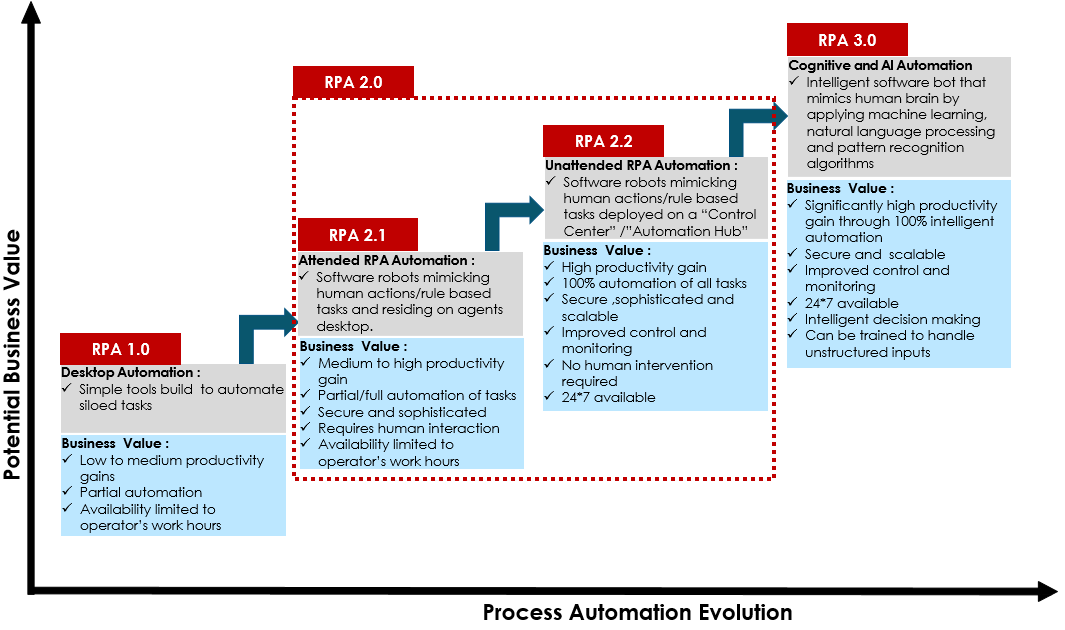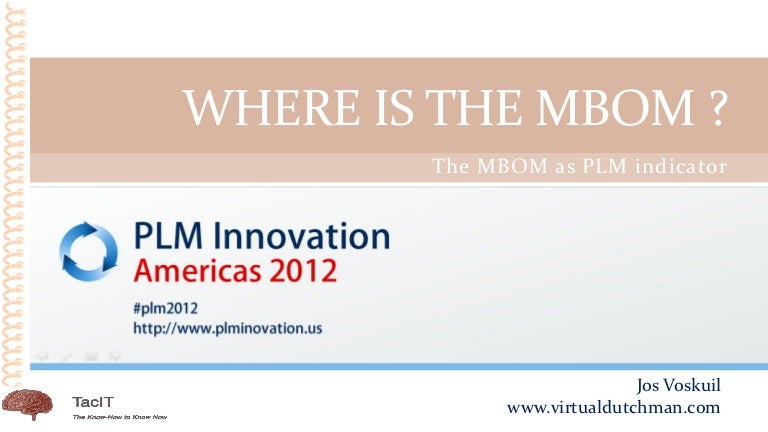
They simply had to pursue enlarging their product portfolios and increasing their footprint to meet the expectations of their investors. It’s not quite fair to blame legacy PLM solution providers who came of age with client-server architectures and supersize RDBMS promising to break down silos, create one version of the truth, and transform product development.

Must-have capabilities which were used to justify a PLM program at the onset – such as change control and configuration management across the entire product lifecycle and supply chain – are last, late, or lost in the implementation.Īs a consequence, the many substantial benefits of PLM are never fully realized by some enterprises. Unfortunately, along the lengthy winding deployment road of “Big” PLM, user requirements change, product lines disappear, software evolves, vendors merge, managers leave, funding fluctuates, executive priorities shift, customizations devour budgets, system integrators profit, and then finally users lose patience.


This is not surprising as the span of PLM-enabling solutions has grown to now include innovation management, requirements planning, portfolio management, computer-aided design, simulation, digital manufacturing, configuration management, cost management, additive manufacturing, model-based systems engineering, process automation, project management and then, of course, the integration of data and processes between all these functions. It’s not uncommon that a road map for deploying PLM is measured in years of calendar time and millions of budget dollars.

Over recent years there has been growing fatigue with the cost, complexity, and fragility of implementing enterprise PLM. We’ll conclude by summarizing what this new strategy option means to the decision making of A&D program directors, project managers, and product engineers such that the much-discussed digital thread does not end up becoming a digital knot. Implementing PLM as a platform, with CM as an integral part of that platform, offers to be an inherently more affordable, robust, and sustainable architecture that can last into the future without constantly ripping out and replacing entire multi-tier stacks of tightly-bound proprietary software.


 0 kommentar(er)
0 kommentar(er)
